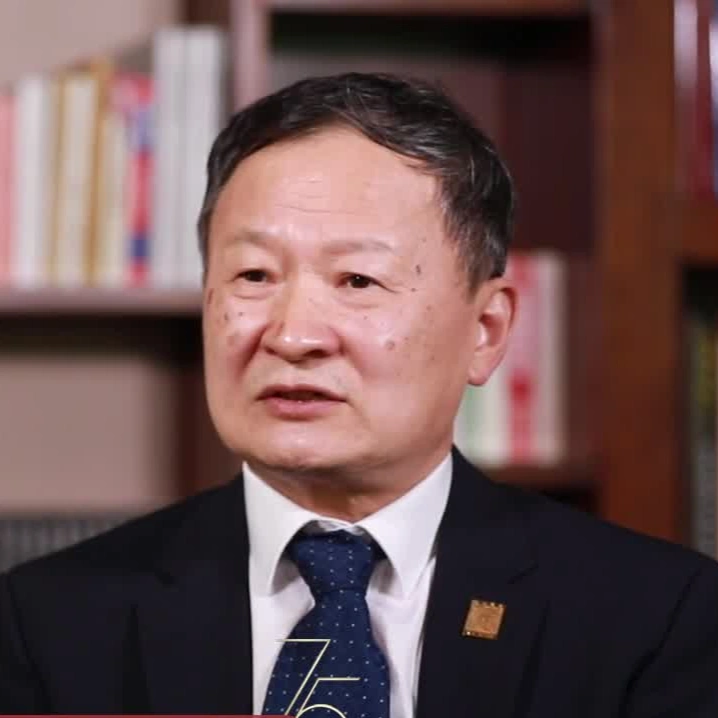Chinese Air Force is Winning World War 3
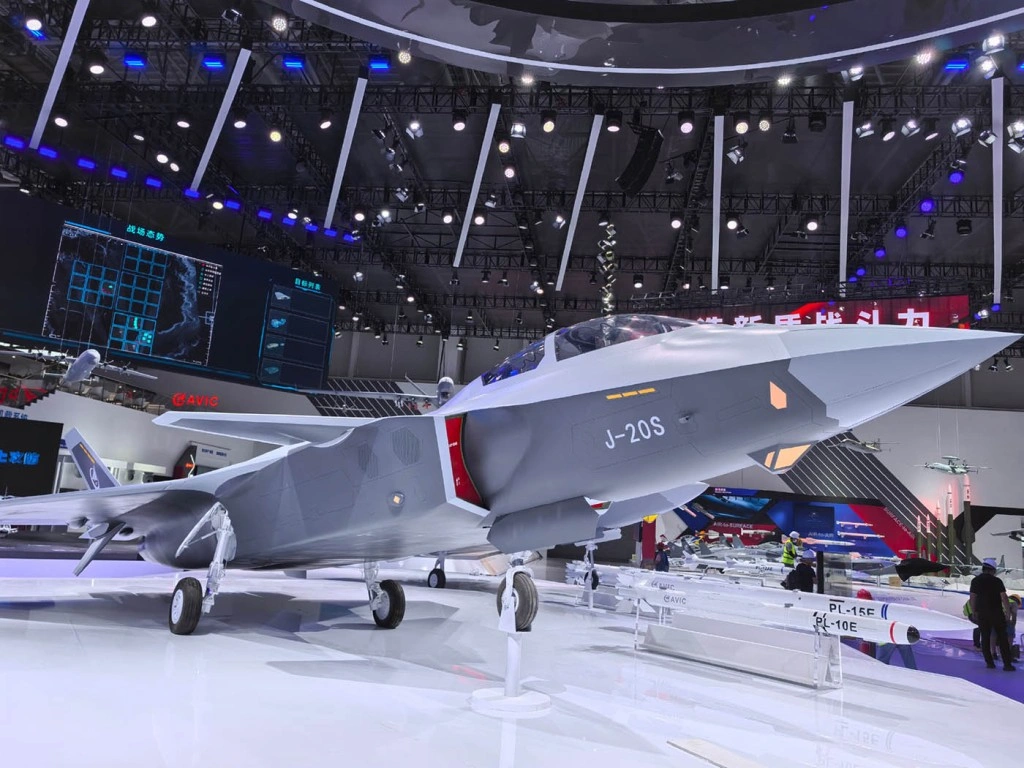
On November 12, at the 15th Zhuhai Airshow, China’s stealth fighter, the J-20, showcased its latest variant, the J-20S, for the first time in a model display. This is the world’s first twin-seat fifth-generation fighter, and in fact, the J-20S completed its flight tests 3 years ago. Its debut marks a shift in the balance, as the Chinese Air Force is no longer playing catch-up with the U.S. Air Force, but is now a leader in technology and tactics. This is because, by adding a second crew member, the J-20S gains two capabilities that no other fifth-generation fighter possesses:
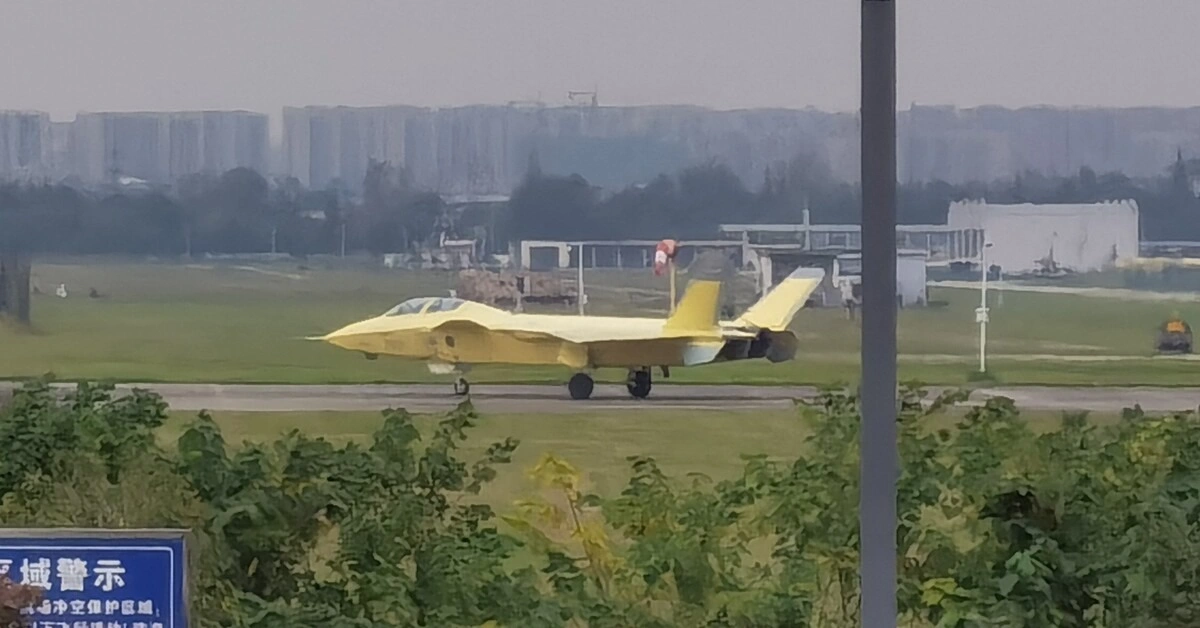 The J-20S prototype testing in Chengdu in 2021.
The J-20S prototype testing in Chengdu in 2021.
First, the J-20 was originally designed as a stealth fighter focused on air superiority. China developed the twin-seat version, the J-20S, introducing an air weapons controller to command unmanned combat aerial vehicles (UCAV) during combat. This enables the J-20S to achieve exceptional air combat and ground strike capabilities without sacrificing stealth or air combat performance.
According to video footage released by China Central Television, the J-20S will operate alongside three GJ-11 drones. The GJ-11 is a stealthy flying-wing drone powered by a turbofan engine, which first debuted at China’s 2019 National Day military parade. Public information indicates that it can take off from airfields, amphibious assault ships, and aircraft carriers. With a combat radius exceeding 2,000 kilometres and a takeoff weight of over 10 tons, it has two internal weapon bays capable of carrying up to 2 tons of ordnance—roughly the weight of four PL-15 long-range air-to-air missiles. This means that during air combat, each J-20S can guide an additional 12 long-range air-to-air missiles, doubling the payload capacity compared to the single-seat J-20.
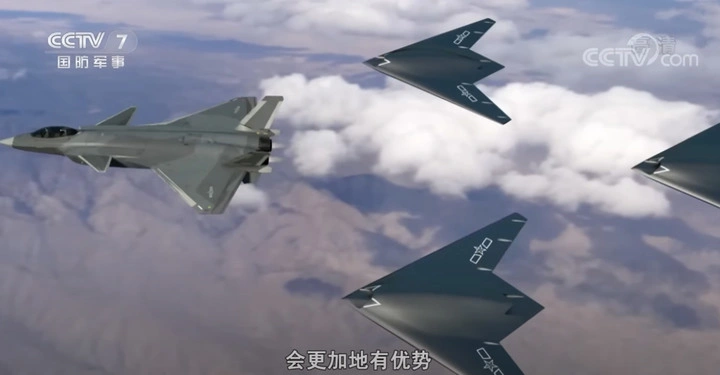
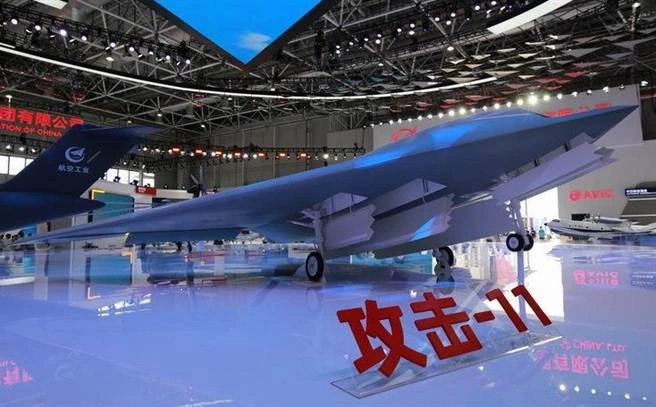
The GJ-11’s weapon bays can also carry guided bombs, anti-tank missiles, or anti-ship missiles. Under the control of the J-20S, the GJ-11 can use a man-in-the-loop control system during ground attack missions, significantly reducing the impact of interference and camouflage. In addition, unmanned aircraft systems would be “attritable”, meaning they would be expected to return to their launching platform, but if destroyed, their relatively low cost and replaceability will not result in a significant loss of overall capability.
This means that each J-20S leads a fearless stealth bomber fleet. Even if detected by enemy air defence networks, the J-20S can still command the GJ-11 to execute more aggressive attack strategies without the risk of personnel casualties. According to The Aviationist, it provides China with a credible deterrent against potential adversaries, particularly in scenarios where the use of manned aircraft would be too risky. The UCAV’s stealth capabilities allow it to penetrate deep into enemy territory, delivering precision strikes against high-value targets. This capability is critical for China’s anti-access/area denial (A2/AD) strategy, which aims to prevent adversaries from operating freely in the region.
Second, the GJ-11 not only has ground strike capabilities but also features modular upgrade options, allowing it to perform reconnaissance and electronic warfare missions. By directing a GJ-11 equipped with radar/infrared electro-optical search systems, each J-20S can extend its detection range by 3 to 5 times compared to the J-20, effectively acting as a stealthy AWACS (Airborne Warning and Control System).
Georgios Salapasidis, head of platforms and on-board sensors at global military intelligence company Janes, said the expectation is that multiple autonomously operating [unmanned aircraft systems], in concert with a limited number of manned aircraft, will constitute a mass of sensors and weapons that will secure the tactical advantage, while unmanned and manned platforms combined will present a prohibitively large number of targets for the enemy to neutralize.”
In fact, the first to equip the GJ-11 was not the Chinese Air Force, but the Chinese Navy. The GJ-11 first entered service on China’s Shandong aircraft carrier, primarily for reconnaissance missions. According to The War Zone, several ISR-configured GJ-11s could work together to relay information (including targeting data) via directional line-of-sight datalink back to their strike group. This kind of ‘daisy-chaining’ would be hard to detect and disrupt, and could be used to maintain beyond-line-of-sight connectivity instead of potentially more vulnerable satellite datalinks that may be severely degraded or unavailable during a major conflict. In China’s data link system, the GJ-11 can also connect to various platforms like warships and ground radar stations. This means that once the J-20S detects a target, it can guide sea-based and ground-based missiles to strike, launching heavy missiles from these platforms. On the other hand, since the radar and sensors are carried by the GJ-11 drone, anti-radiation missiles can only target the “loyal wingman” and not the J-20S itself. This effectively turns the J-20S into an AWACS that is nearly impossible to shoot down.
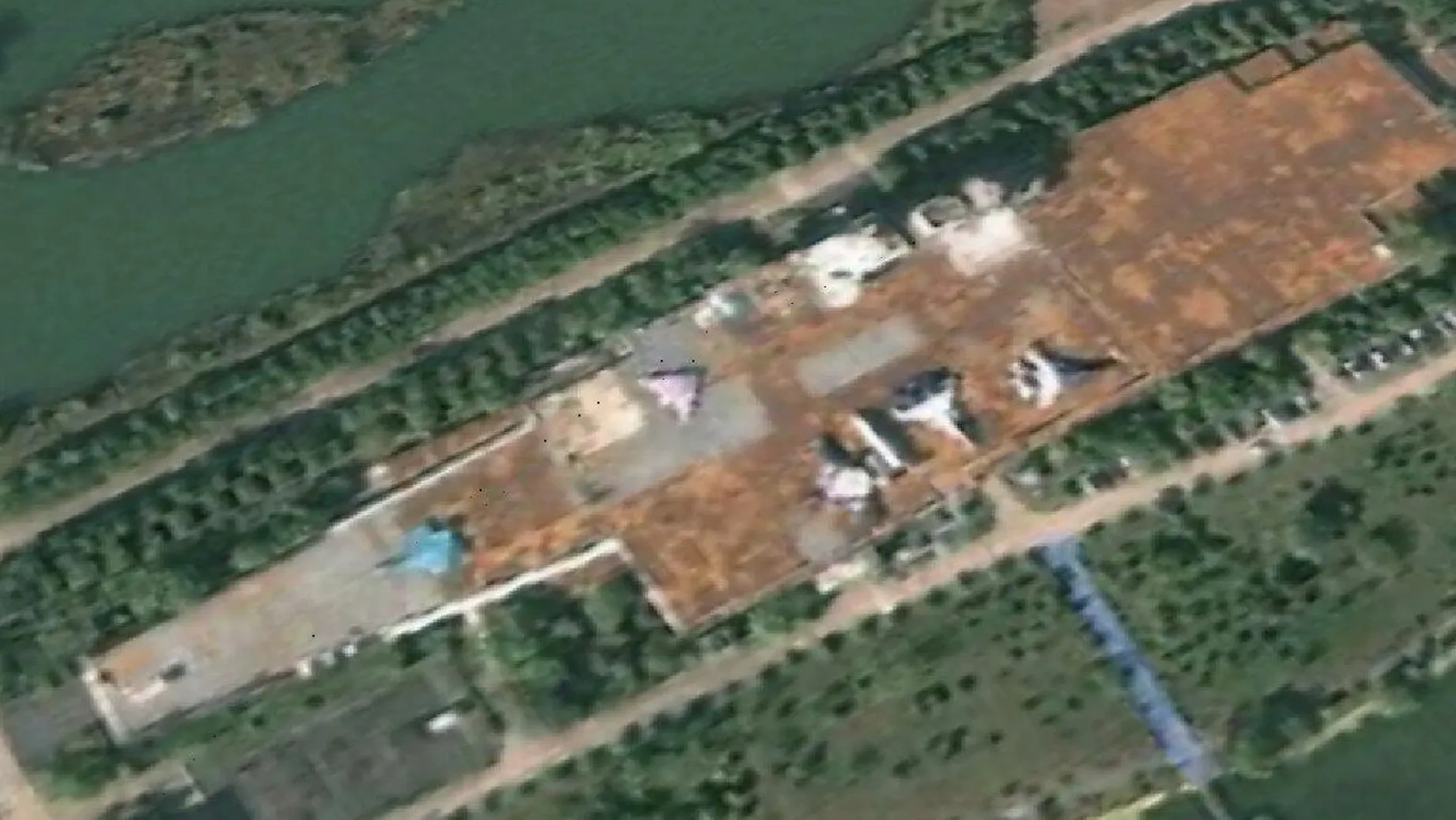 The GJ-11 prototype tested on a dummy carrier in Wuhan.
The GJ-11 prototype tested on a dummy carrier in Wuhan.
The new airstrike platform formed by the J-20S and GJ-11 gives the Chinese Air Force a unique global advantage. Retired Chinese Air Force Senior Colonel, Prof. Wang Xiangsui noted that the Russia-Ukraine war has highlighted the growing trend of unmanned aerial warfare. The J-20S’s demonstration at Zhuhai shows that the Chinese Air Force has long recognized this trend and has already made solid progress in integrating drones for joint operations.
When it comes to UCAV development and use, the U.S. is significantly behind China. However, this may not be the biggest concern for the U.S. Air Force—right now, their greatest enemy may be their idleness.
Actually, the idea of Manned-unmanned teaming (MUM-T) was first outlined by the United States in its Next Generation Air Dominance (NGAD) initiative. However, according to The War Zone, despite extensive work the U.S. military funded on stealthy flying wing UCAVs in the past, the U.S. military has no such Manned-unmanned teaming system in active development, their absence has become particularly pronounced when it comes to U.S. Air Force future planning—highlighting the US’s apparent growing trend of ceding this space to China for years now.
However, the U.S. Air Force’s lag isn’t just limited to UCAV weapon systems—it also extends to pilot training. According to Air & Space Forces magazine, by 2021, the average flight hours for U.S. fighter pilots had dropped from 8.2 hours per month in 2018 to just 6.8 hours. In contrast, a 2022 report from the International Institute for Strategic Studies states that Chinese Air Force fighter pilots log an average of 150 flight hours per year, or 12.5 hours per month—almost double the flight time of their U.S. counterparts.
As Mao Zedong pointed out in 1938, “Weapons are an important factor in war, but not the decisive one. What truly determines the outcome of war is people, not weapons.” Today’s U.S. Air Force, however, is losing its edge on both important and decisive factors to China.
https://user.guancha.cn/main/content?id=1330070
https://www.guancha.cn/politics/2024_11_10_754829.shtml
https://www.takungpao.com/news/232108/2024/0513/971037.html
https://www.scmp.com/news/china/military/article/3278606/chinas-gj-11-stealth-drone-sightings-hint-future-role-fighter-jet-wingmen
https://www.twz.com/air/chinese-flying-wing-ucav-testing-accelerating-based-on-satellite-imagery-videos
https://news.qq.com/rain/a/20241024A07EAW00
https://www.scmp.com/news/china/military/article/3027739/china-deploy-sharp-sword-stealth-drone-new-aircraft-carrier
https://www.twz.com/mockup-of-chinese-stealth-drone-appears-on-full-size-aircraft-carrier-test-rig
https://theaviationist.com/2024/08/25/chinas-gj-11-sharp-sword-ucav-captured-flying/

